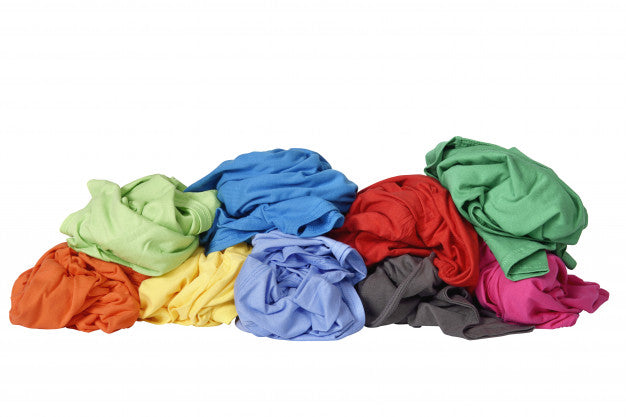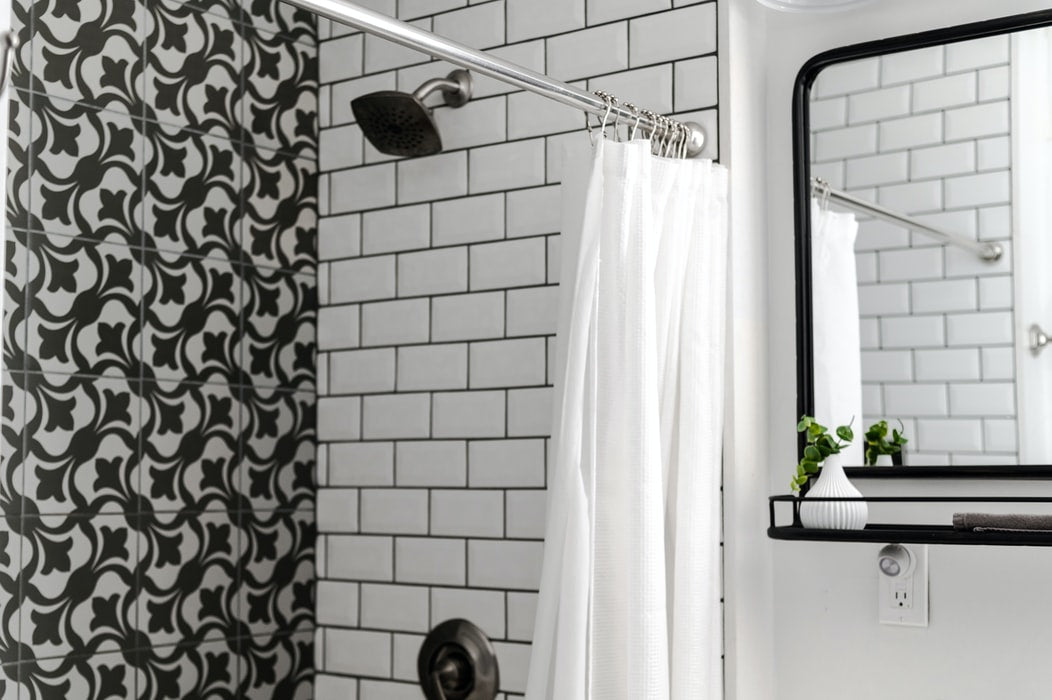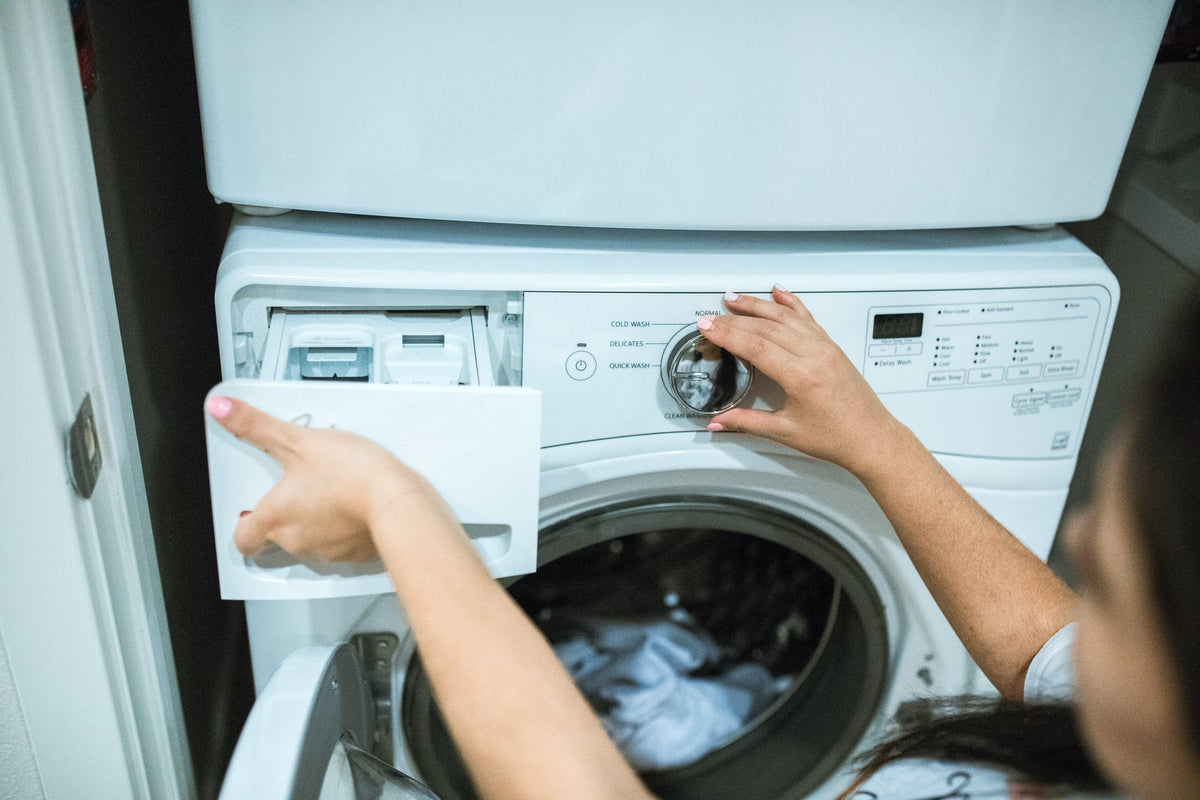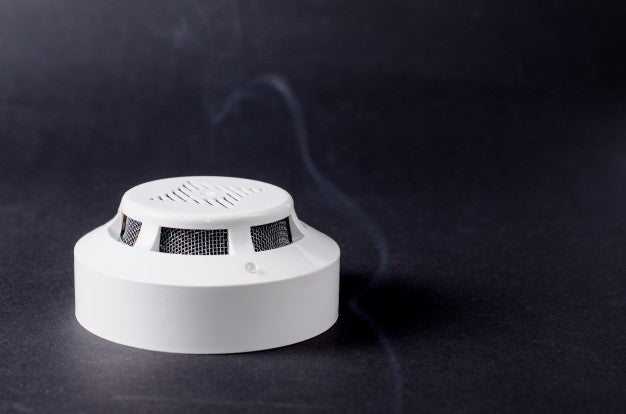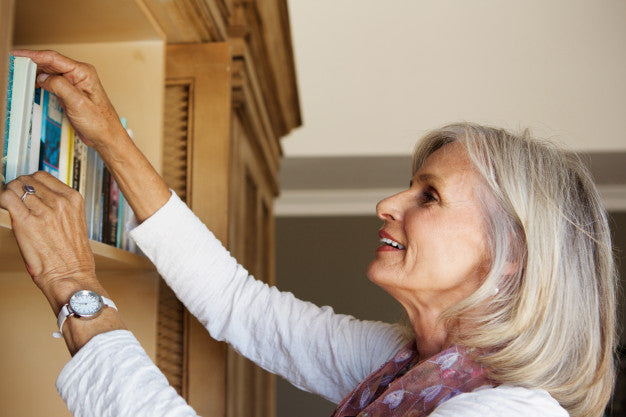10 Common Home Safety Issues and How to Fix Them

10 Common Home Safety Issues and How to Fix Them
For people over age 65, injuries at home such as falls or burns become increasingly more common. And as aging in place continues to grow as a trend, safety hazards become more of an issue. Normal aging causes changes in your eyesight and balance that can make some injuries more likely. Getting older also means your body needs longer to heal, so injuries can be more severe and cause more interruption in your life.
By keeping your home in good repair, you can continue to enjoy living independently as you age. These common home safety hazards are easy to miss, but they’re also easy to fix. Use these home safety tips for seniors to improve elderly safety and prevent avoidable accidents.
10 Common Health and Safety Hazards in the HOme

1. Inadequate lighting
Replace light bulbs and add more lighting if needed. Falls are a leading cause of injury among seniors. One of the most effective ways to prevent falls is also one of the simplest: replace your lightbulbs. Even young people are prone to trip in the dark, and night vision worsens as you age, making falls even more likely. Always replace bulbs as soon as they burn out, especially in stairways, hallways, and outdoor porches. Also, make sure there’s a light switch at the top and the bottom of every stairway so you can turn the lights on before you step on the stairs. Senior safety is reliant on good lighting.
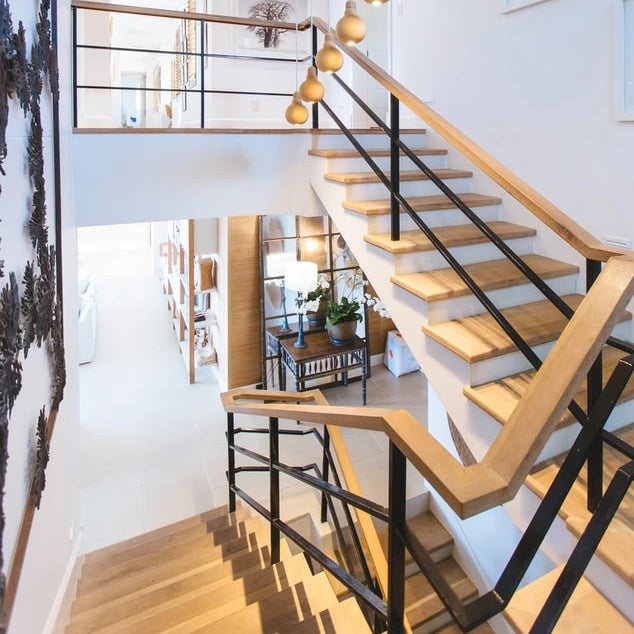
2. A Lack of (or Unstable) Support Around Stairs
Install two handrails on each stair. Do all your stairs have handrails and are all the handrails in good repair? Outdoor rails are vulnerable to rain and weather damage, so check them regularly for splintering or rotting wood. Ensure that all your handrail attachments to the walls are stable and don’t move when you pull them. Finally, install handrails on both sides of every staircase, indoors and out, so you can use both hands to balance if you need to. Because balance tends to go as we age, handrails prove to be a must-have for anyone aging at home.
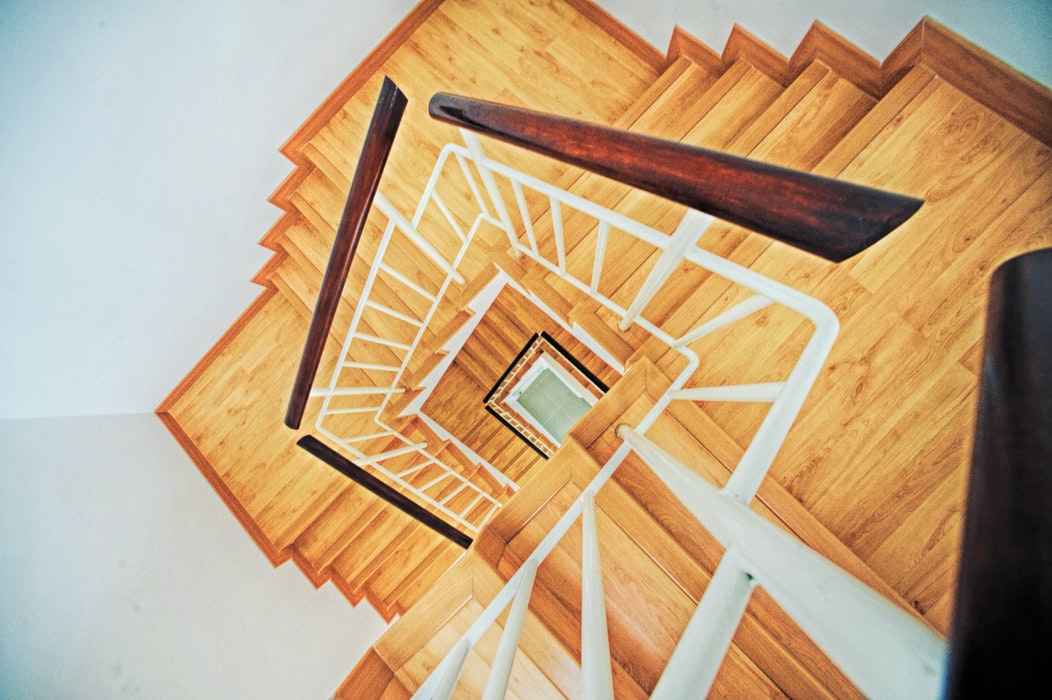
3. Uneven or Loose Steps
Repair all broken, uneven, or loose steps. Stairs can shift over time. Slightly uneven steps can be almost unnoticeable, but they make you more likely to trip. Broken stairs and loose carpet on stairs are other common culprits. If there’s a particular step where you frequently stumble, that could be an uneven stair. Have a carpenter check your staircases and make any needed repairs – a small fix now can prevent a significant fall.

4. Cluttered Stairwells
Keep stairs clear of hazards. Never leave shoes, books, or other clutter on your stairs to put away later – that’s an accident waiting to happen. Have snow and ice cleared off outdoor steps before you walk on them. And if you have outside stairs, it’s a good idea to put senior safety devices such as safety treads on each step, since even light rain can make them unexpectedly slippery. Stairs, by nature, are major hazards at home. Keeping them clutter-free lowers the chance of falls.

5. Slippery Rugs
Secure, remove, or replace rugs. Decorative rugs can add a flair of color to your living room, but they can also be a dangerous trip hazard. Not only do rugs add an uneven bump in your path, but many have a smooth underside that can easily slide across a wooden floor. One misstep could easily send the rug – and you – flying. The best option is to remove the household hazard or place them somewhere where you’ll never need to walk across them. Also, use tape or a non-slip backing to secure them in place.
6. Unclear or Cluttered Pathways
Arrange rooms so there are clear areas for walking. What do you have to dodge to walk through a room? If you need to walk around furniture or step over wires to get to the door, it’s time to rearrange. Ask someone to help you move furniture, so each room has a clear, straight path through. Place all lamps and electronics near plugs so wires and cords can be neatly arranged and fastened to the walls instead of stretched across the room.
7. Slippery Showers/Tubs
Install bathroom safety equipment for seniors. The bathroom is by far where most fall hazards at any home lie. Water and smooth tiles are a dangerous combination. Place non-slip mats in your tub and on the floor outside your tub. It’s also a good idea to install safety rails in your shower and tub, so you have something to hold onto as you’re moving in the bath. It’s best to improve bathroom safety for seniors before you need them – don’t wait till after you suffer a fall.
Learn More About Bath Safety
Our bath safety guide breaks down everything you need to know about preventing injuries in the bathroom.
LEARN MORE8. Blocked Up Dryer Filters
Clean your dryer filter consistently. If you have a dryer in your home, how often do you clean the lint out of its filter? It’s a small household task that’s easy to forget, but it’s a common potential fire hazard in any home. Make a habit of cleaning the filter every time you wash clothes before you start the dryer.
9. Dying Smoke Alarms
Check your smoke alarm every size months. You probably know you should check your smoke alarms every six months, but it’s easy to forget. Write it in your calendar, or set a reminder on your smartphone. If your hearing has changed, or if you wear earplugs while sleeping, then you may be less likely to wake if the alarm goes off. Your ability to hear high-pitched sounds, such as a fire alarm, usually decreases with age. If you’re concerned your alarm won’t wake you, consider getting a low-pitch or vibrating smoke alarm.
10. Hard to Reach Necessities
Put essential items in easy-to-reach places. As we age, our ability to reach things diminishes. Elderly living requires that aging in place seniors be able to maintain some level of independence. Stretching to reach items on high shelves or climbing on stools is an unnecessary inconvenience. Rearrange your kitchen so that essential items are on low shelves in easy reach.
As you get older, it’s normal for some activities to get more difficult for you. But for most people, enjoying your home, your comfort, and your independence is something that doesn’t need to change. By implementing these basic home safety tips, you can continue to enjoy it for many years to come.
About the Author

Gareth Mahon is the co-founder and CEO of The CareSide, a company based in Perth that provides home care and disability care services throughout Australia.
About Carex Health Brands
Carex is your one-stop shop for home medical equipment and for products that assist caregivers with providing the best possible support and care for their loved ones. Carex Health Brands has been the branded leader in in-home, self-care medical products for over 35 years. Our goal is to improve the lives of our customers by bring them quality products that bring dignity back to their lives. With our three nationally distributed brands, Carex Health Brands serves national, regional and independent food, drug and mass retailers along with wholesalers, distributors and medical dealers.

